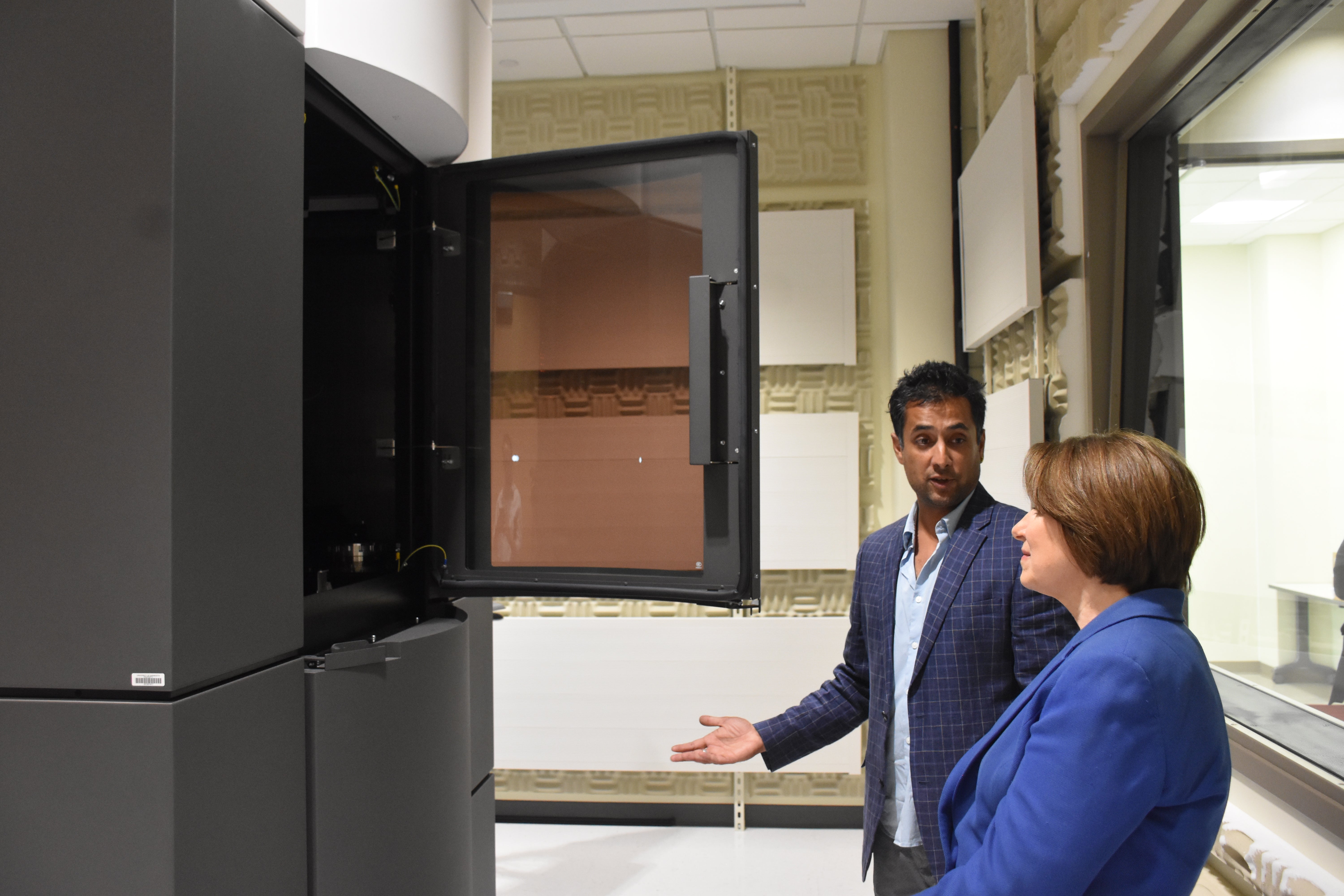Austin, St. Paul leaders discuss LGA
Published 10:15 am Wednesday, October 17, 2012

St. Paul Mayor Chris Coleman talks with the media before the roundtable discussion on Local Government Aid Tuesday morning at the Mower County Senior Center. -- Eric Johnson/photodesk@austindailyherald.com
Austin Mayor Tom Stiehm cannot understate the value of Local Government Aid.
“It’s all about keeping the quality of life in Austin,” he said.
The Coalition for Greater Minnesota Cities gathered with Stiehm, St. Paul Mayor Chris Coleman, Albert Lea City Manager Chad Adams and other leaders from Austin, Albert Lea and St. Paul Tuesday morning to discuss the need for LGA. The roundtable discussion at the Mower County Senior Center illustrated the state program makes up a large portion of Austin’s budget.
“If it was eliminated completely, we’d have to raise property taxes 180 percent in order to maintain services as they are now,” Stiehm said.
In Austin, an average home priced at $99,900 pays $293 a year in taxes to the city. To get rid of LGA but keep all the city’s services, that number would skyrocket to $817, according to the coalition.
Along the same lines, a $150,000 commercial property pays $919 right now. That number would jump to $2,500 without LGA. And with a $1,000,000 industrial property, which pays $7,800 in taxes, taxes would jump to $21,000.
Albert Lea Manager Chad Adams said his city would suffer the same problem without the help of LGA.
“We’ve got a lot of infrastructure needs asked of us,” Adams said, highlighting a capital improvement plan amounting to $80 million over the next 10 years. “One-third of our budget is LGA.”
St. Paul Mayor Chris Coleman said it was a common theme among cities across the state, which need LGA to afford their basic needs.
“Quite frankly, we’re all in the same boat,” he said. “Unless we change that around, we’re really going to be going back to the same position of raising taxes and cutting services at the same time, ultimately ruining what makes our cities great.”
Despite the common need, LGA only works when it allows each city to weigh what matters to its community, he added.
“It can’t be so prescriptive that what’s good for Austin or Albert Lea is also good for St. Paul,” Coleman said.
LGA makes up a relatively small portion of the state’s general fund at 2 percent. The largest is education, which accounts for 41 percent, followed by health and human services at 31 percent.
The program started in the early 1970s as a way to reduce disparities in tax rates between cities, lower reliance on property taxes and meet infrastructure needs. Forecast with steady growth for inflation, LGA was predicted to land statewide at $817 million by this year. Instead, it sits at 58 percent of that.
“The most important thing in my perspective is to get the Legislature to stop making this political football,” Coleman said.



